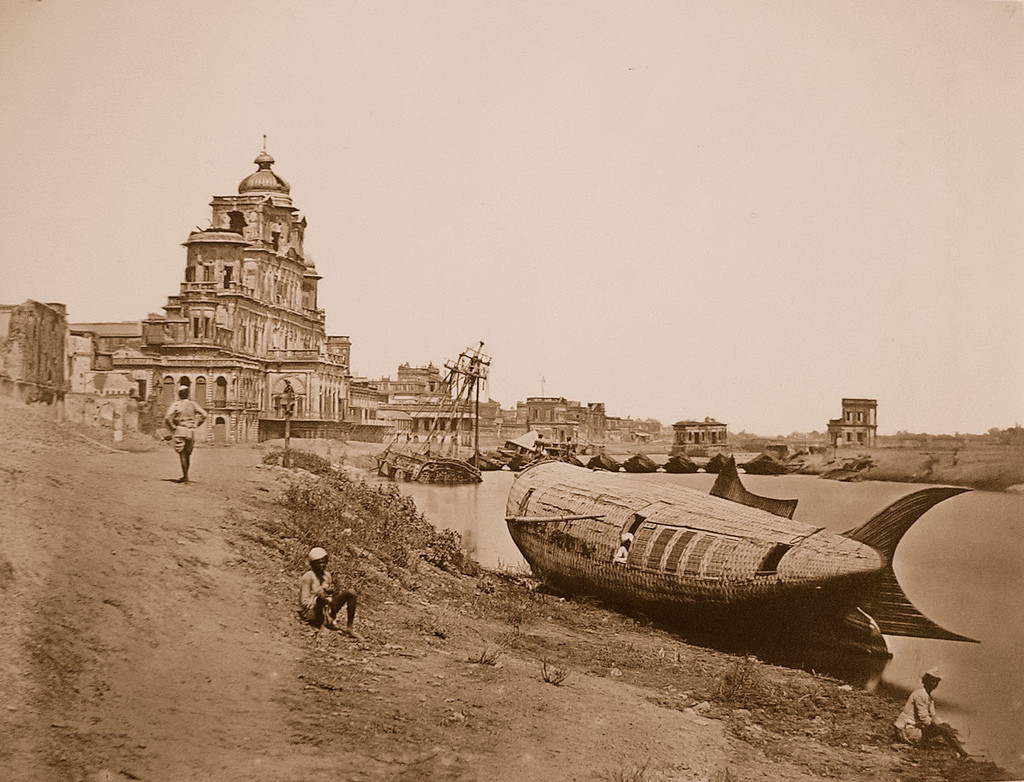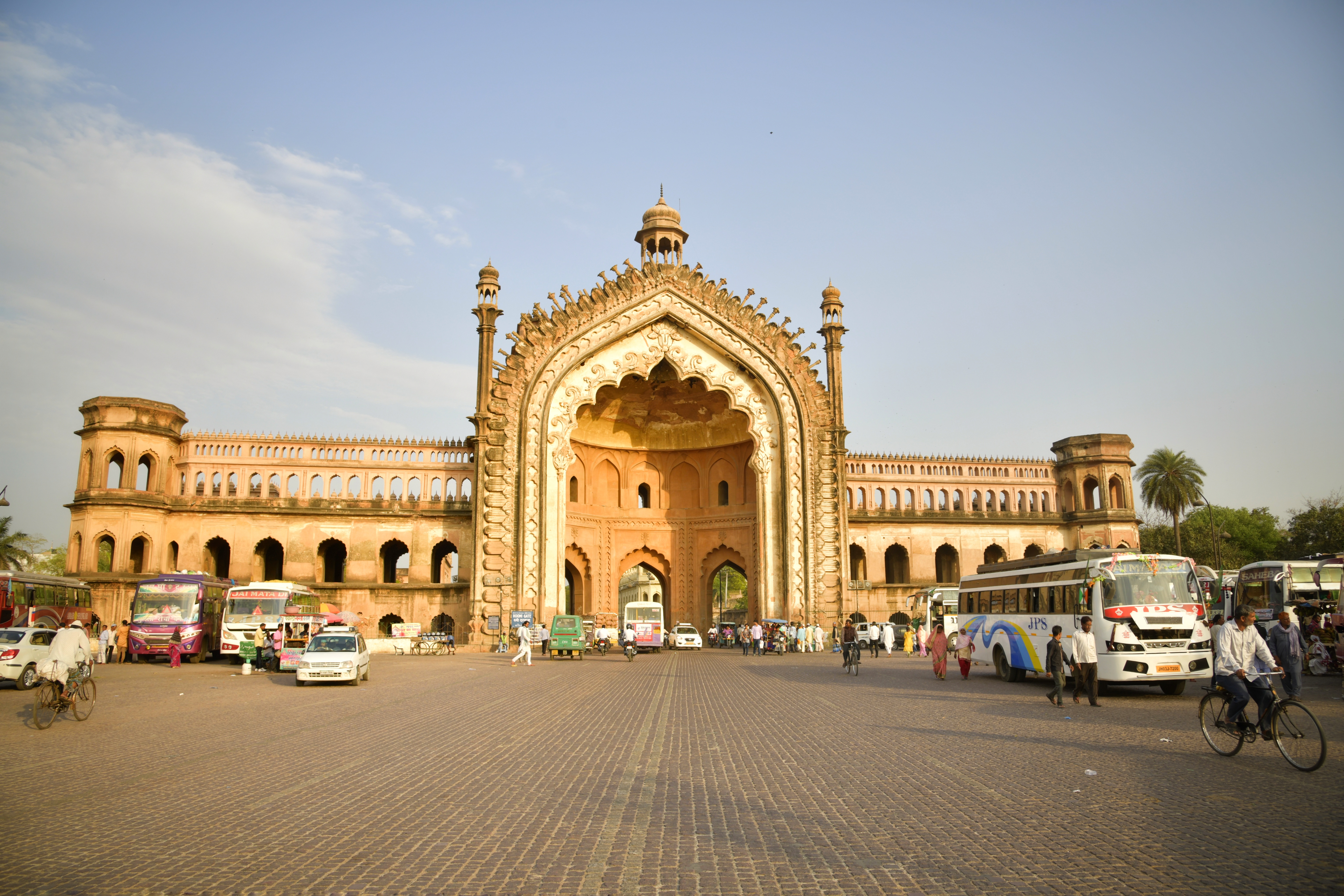Dilkusha Kothi stands as a profound testament to the intricate tapestry of Lucknow's colonial and revolutionary history. Constructed in the early 19th century by British Major Gore Ouseley, this architectural marvel was more than a mere hunting lodge—it was a symbol of cultural confluence and political transformation. Designed with distinctive English Baroque influences inspired by Seaton Delaval Hall, the kothi broke traditional architectural norms by eschewing inner courtyards, presenting instead a striking edifice that rose impressively against the lush Gomti river landscape.
The 1857 Indian Rebellion etched Dilkusha Kothi into the annals of historical significance. During this pivotal moment of resistance, the kothi transformed from a serene retreat to a battleground where colonial power and indigenous rebellion dramatically intersected. General Henry Havelock's death within its walls and the subsequent recapture by Sir Colin Campbell's forces underscored the location's strategic importance during this tumultuous period. The kothi became a silent witness to the emerging narrative of Indian independence, its walls absorbing the echoes of struggle and resilience.
Architecturally, Dilkusha Kothi represents a remarkable fusion of British engineering and local craftsmanship. Constructed using Lakhauri bricks and adorned with lime plaster, the structure originally boasted three storeys and a basement, crowned by four octagonal towers with distinctive glazed pottery tops. Its design was revolutionary for its time—taller and more imposing than surrounding structures, it challenged conventional Indian architectural paradigms while providing a picturesque environment that blended functionality with aesthetic elegance.
Beyond its physical structure, the kothi served as a critical socio-cultural nexus where British and Indian elites intersected. It was a place of leisure, scientific curiosity, and cultural exchange. The gardens hosted significant events, including an early balloon ascent in 1830 witnessed by King Nasir-ud-Din Haider, symbolizing the era's technological fascination and cross-cultural interactions. These spaces were not merely decorative but represented intellectual and social dynamism of the period.
Literary and cultural representations further elevated Dilkusha Kothi's significance. E.M. Forster's A Passage to India referenced a similar structure, demonstrating how such architectural spaces transcended physical boundaries to become metaphors for colonial encounters. The kothi's influence extended beyond its immediate geographical context, becoming a symbol of cultural negotiation and architectural innovation.
The passage of time has not diminished the kothi's allure. Despite experiencing decay, it continues to captivate visitors and historians alike. Its crumbling arches and overgrown gardens whisper stories of past grandeur, rebellion, and cultural transformation. Each moss-covered step and weathered wall carries narratives of human resilience, political struggle, and architectural creativity.
In recent years, the Archaeological Survey of India has undertaken restoration efforts to preserve this historical gem. These interventions aim not just to maintain structural integrity but to protect a critical piece of India's complex colonial narrative. The kothi's gardens remain a serene location, attracting both local and international visitors who seek to understand the nuanced layers of Lucknow's historical landscape.
Dilkusha Kothi stands today as more than a monument—it is a living archive of cultural memory. Its significance extends beyond architectural beauty, representing a critical juncture where colonial encounters, resistance movements, and cultural exchanges converged. As restoration continues and historical understanding deepens, this extraordinary site continues to offer profound insights into India's rich and complex historical narrative.






